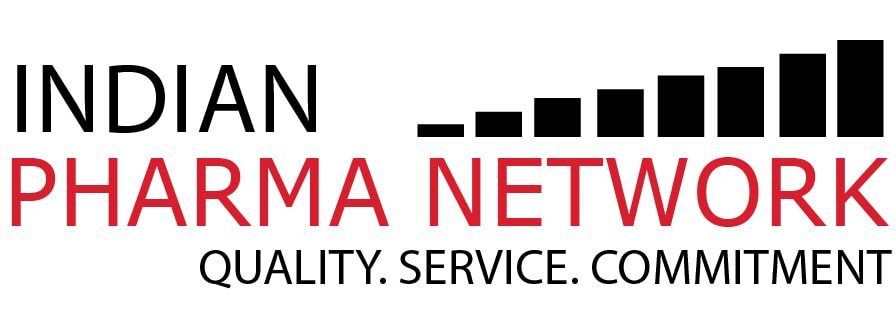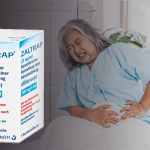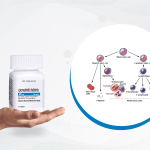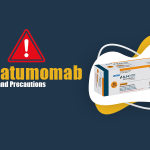Atriance (nelarabine) is an antineoplastic agent used in the treatment of specific types of T-cell acute lymphoblastic leukemia (T-ALL) and T-cell lymphoblastic lymphoma (T-LBL). While this medicine can be an effective treatment option, it is crucial to be aware of the important safety information associated with its use to ensure patient safety and optimal therapeutic outcomes.
Neurological Toxicity: One of the most significant risks associated with Atriance is its potential to cause severe neurological side effects. These may include:
- Peripheral neuropathy (numbness, tingling, or pain in hands and feet)
- Seizures
- Confusion
- Somnolence
- Motor weakness
- Patients should be closely monitored for any signs of neurological toxicity. If severe symptoms occur, discontinuation of the drug should be considered.
Hematologic Toxicity: Atriance can cause significant myelosuppression, leading to:
- Severe neutropenia (low levels of neutrophils)
- Thrombocytopenia (low platelet count)
- Anemia (low red blood cell count)
- Regular blood counts should be performed to monitor for these conditions, and supportive care should be provided as necessary.
Infections: Due to the immunosuppressive nature of Atriance, patients are at an increased risk of infections. Vigilance for signs of infection is critical, and prompt treatment should be initiated if an infection is suspected.
Renal and Hepatic Impairment: Patients with preexisting renal or hepatic impairment may be at increased risk for adverse reactions. Dose adjustments and close monitoring of renal and liver function are recommended for these patients.
Tumor Lysis Syndrome (TLS): Atriance can lead to tumor lysis syndrome, a potentially life-threatening condition caused by the rapid destruction of cancer cells, leading to an imbalance of electrolytes. Prophylactic measures and close monitoring of electrolytes and renal function are necessary to manage this risk.
Use in Pregnancy and Lactation: Atriance can cause fetal harm when administered to pregnant women. It is classified as a pregnancy category D drug. Women of childbearing potential should use effective contraception during treatment. It is not known if nelarabine is excreted in human milk, so breastfeeding should be avoided during treatment.
Hypersensitivity Reactions: Severe hypersensitivity reactions, including anaphylaxis, have been reported with Atriance. Patients should be monitored for any signs of allergic reactions, and immediate medical intervention should be provided if such reactions occur.
Drug Interactions: Patients should inform their healthcare provider of all medications they are taking, including over-the-counter drugs and supplements, to avoid potential interactions. Certain medications may increase the risk of adverse effects or reduce the efficacy of Atriance.
Conclusion:
While Atriance offers a promising treatment for certain types of leukemia and lymphoma, its use is accompanied by significant risks that require careful management. Regular monitoring, patient education, and proactive management of side effects are essential to mitigate these risks. Healthcare providers should thoroughly discuss the potential benefits and risks of this medicine with their patients before initiating therapy.
For more detailed information or specific medical advice, please consult your healthcare provider.
References:
https://www.ncbi.nlm.nih.gov/books/NBK598222/
https://www.ema.europa.eu/en/medicines/human/EPAR/atriance
Is Nelarabine approved in India?
Yes, Nelarabine is approved in India for the treatment of specific types of T-cell acute lymphoblastic leukemia (T-ALL) and T-cell lymphoblastic lymphoma (T-LBL). It is available through trusted suppliers like Indian Pharma Network (IPN). Patients should consult their oncologist for proper guidance and prescriptions before starting treatment with Nelarabine.
What is the price of Nelarabine in India?
The price of Nelarabine in India can vary depending on the supplier, brand, and dosage requirements. For accurate pricing and availability, it is recommended to contact authorized distributors or trusted exporters like the Indian Pharma Network (IPN) via Call/WhatsApp: +91 9310090915.
How can I buy Nelarabine at the best price?
To buy Nelarabine online at the best price, you can contact trusted suppliers/exporters like Indian Pharma Network (IPN). We specialize in providing affordable access to life-saving medications. Always ensure you buy from verified sources to avoid counterfeit products. A valid prescription is required to procure Nelarabine legally.
Where can I buy Nelarabine in UAE, Bulgaria, Kenya, and other countries?
The cost of Trodelvy injection through the Indian Pharma Network is reasonable making it easier to incorporate in the treatment.
Who are the trusted exporters of Nelarabine?
If you are looking for Nelarabine for personal use or institutional supply, Indian Pharma Network (IPN) is a trusted exporter. We specialize in providing access to hard-to-find medicines, including Nelarabine, and offer services to multiple countries through legal channels.






